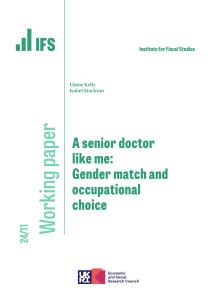Dying is expensive in America. Healthcare expenditures from all payors (public and private) total $80,000 in the last 12 months of life and $155,000 in the last 3 years. Although most end-of-life expenses are paid by insurers such as Medicare and Medicaid, the amount households pay out-of-pocket is hardly trivial. Furthermore, some conditions, such as dementia, are not well insured, leaving families with potentially enormous liabilities. In this viewpoint, we discuss the current funding of end-of-life care in the US. We argue that long-term care (LTC) expenses are underinsured relative to other types of late-in-life care, such as hospital spending and doctor visits. We then discuss potential reforms that would better insure families against catastrophic expenses related to LTC.










